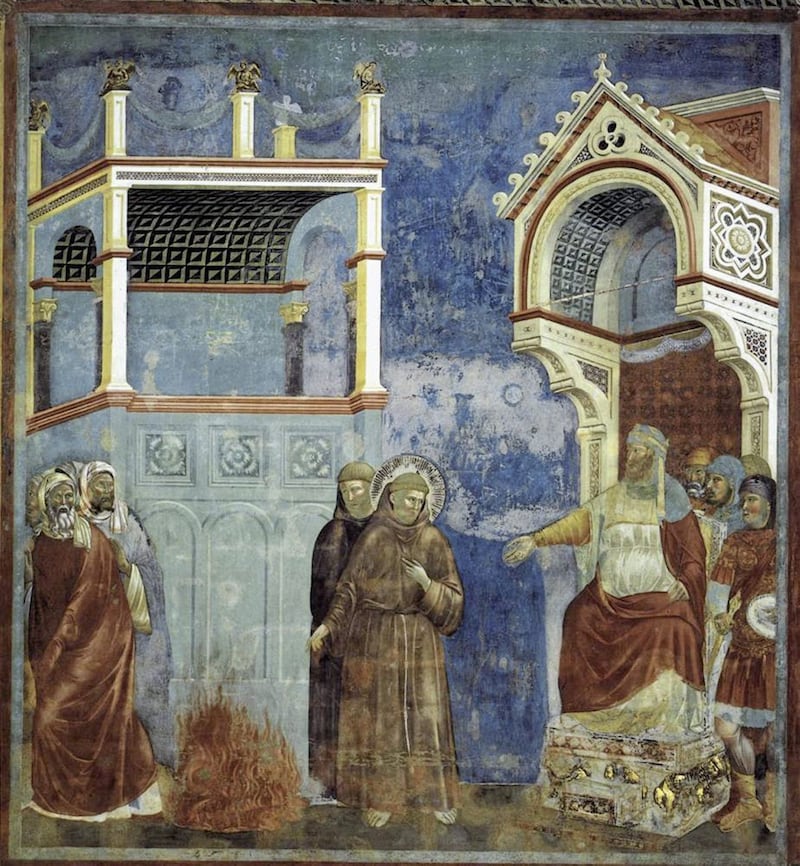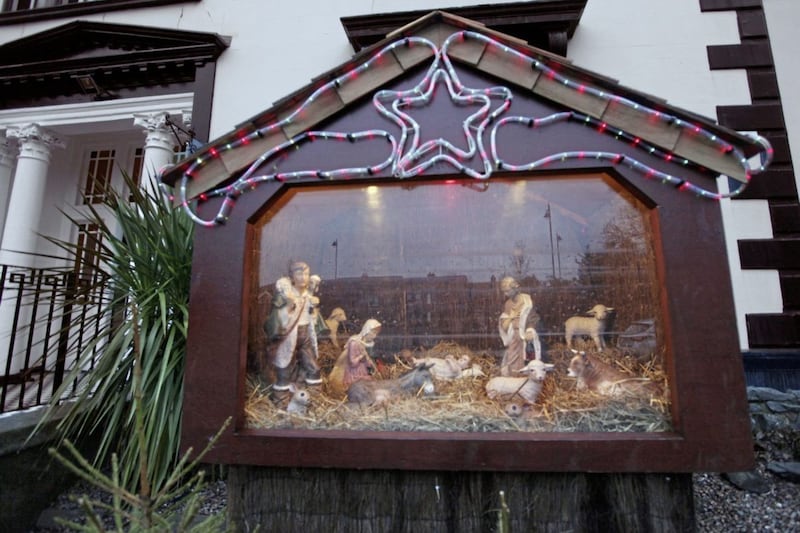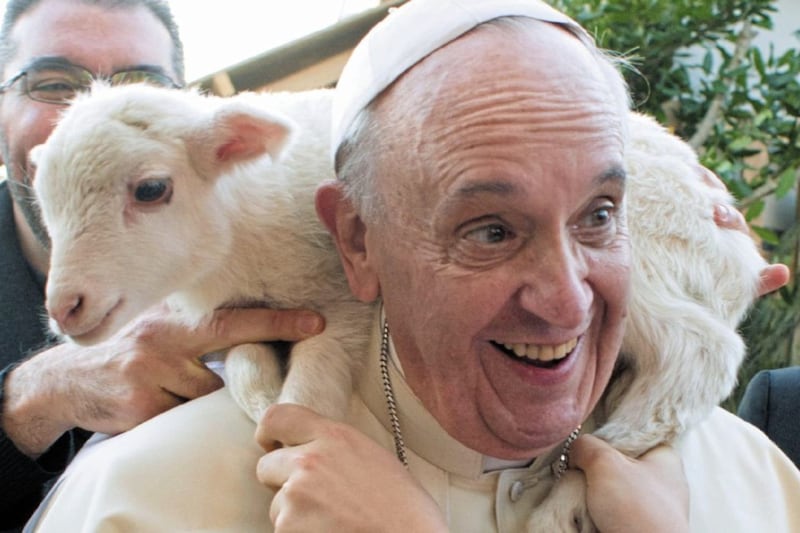THE popularity of Pope Francis has prompted a renewal of interest in St Francis.
The saint was born in Umbria in Italy in 1182. His father was a wealthy merchant and Francis in his early years was engaged in the family business.
In a 'war' in 1202 between his home-town Assisi and their neighbours in Perugia, Francis was captured and imprisoned.
Following his release he renounced his patrimony and set out to spend his life in prayer, assisting the poor and preaching the gospel.
He repaired local churches and resided in a hut, where he and those who joined him were engaged in prayer, working for their food on local farms and preaching.
In 1209 Francis drafted a short rule for the developing group and set out for Rome with its first 11 members.
Pope Innocent III approved the rule and the way of life it proposed.

In 1212, Clare of Favarone, daughter of a nobleman, indicated her wish to join the friars.
With the local bishop, Francis assisted her to establish the Order of the Poor Ladies, which later became known as the Poor Clares.
By 1217 Francis and his friars had established missions across the Alps and the Mediterranean.
Desiring to carry the message of Christ even further, Francis set out on the first crusade in 1219.
He gained an audience with the sultan, who was leading the Muslim forces, and visited the Holy Places in Palestine.
Disillusioned by the conduct of the crusade, he returned to his homeland.
Already alerted to serious dissension among the friars during his absence, he was not able to resolve the fraught situation and resigned as Minister General.
He retired to spend time in prayer in a mountain retreat, where he received the 'stigmata'. At that time also he set up the first known Christmas crib at Greccio.
Sensing that his end was near he returned to the little church, known as the Porziuncula, where his life's mission had begun and he died on October 3 1226.
In his Canticle of Creation, St Francis of Assisi rhapsodises about the sun, moon, stars, wind, air, cloud, water, fire and earth. Pope Francis echoes that hymn to creation in his ground-breaking Laudato Si
He was canonised by Pope Gregory IX in 1228.
The majestic medieval basilicas, cathedrals and churches in Europe had a two-fold purpose.
They provided places of worship and an opportunity for people, the majority of whom were illiterate, to acquire a knowledge of the Bible, the life and teaching of Christ and the lives of the saints.
This learning was provided by paintings, frescoes, sculpture and other art forms.
Much of the history of St Francis is depicted in the cathedrals and churches in Assisi and its neighbourhood.
Also displayed are legends associated with his cult. There was the incident where he met a down-in-the-world nobleman in rags and exchanged clothes with him.
He is represented as spending time with lepers and attending to all their needs, at a time when people were terrified to have any contact with them.
The ever-recurring theme in the hagiology surrounding Francis was his profound respect and love for every member of the human family.

He urged everyone he met to do likewise and reminded them of the example of the Divine Master.
There is a a curious analogy between the effect of the imagery in the medieval cathedrals and churches and the pictures in today's social media.
Both evince the fact that the image of a significant gesture can be far more influential than a logical, carefully reasoned argument.
Pope Francis seems to be aware of this reality. His washing the feet of homeless men and women, some of whom were Muslims, on Holy Thursday was a powerful witness to his conviction that every human being is of infinite value and is to be loved without reservations of any kind.
It was an act which had more than shades of St Francis about it.

St Francis's love also extended beyond the human family to all of God's creatures.
There was his legendary attachment to the birds of the air and his fondness of animals.
In his Canticle of Creation he rhapsodises about the sun, moon, stars, wind, air, cloud, water, fire and earth.
Pope Francis echoes that hymn to creation in his ground-breaking Laudato Si.
In his active concern for all mankind and the whole of creation Pope Francis proves himself to be a true modern son of St Francis of Assisi.
- Fr J Anthony Gaughan is a priest in the Archdiocese of Dublin. He has written widely on theology and history, including volumes on the archbishops, bishops and priests of the diocese since the 17th century. Click here for his website






